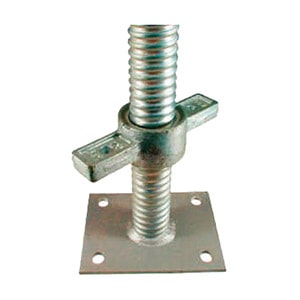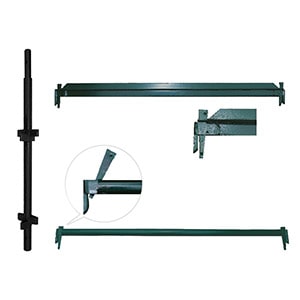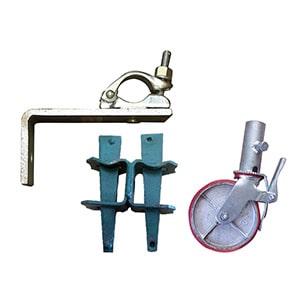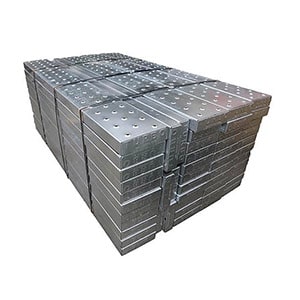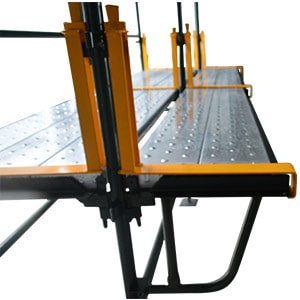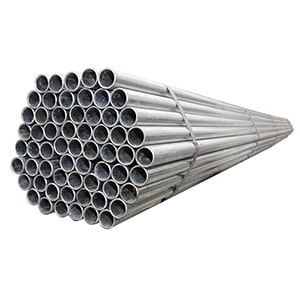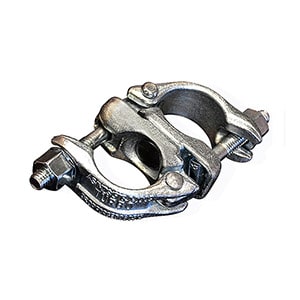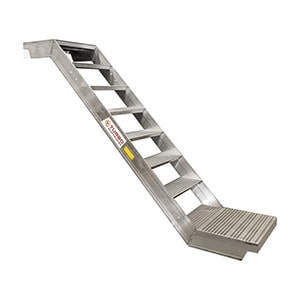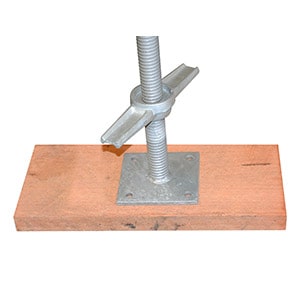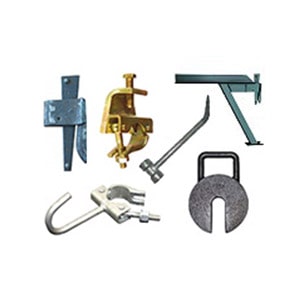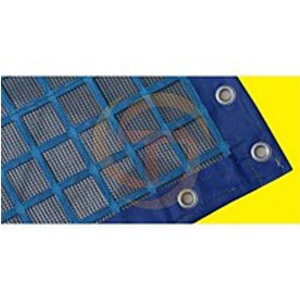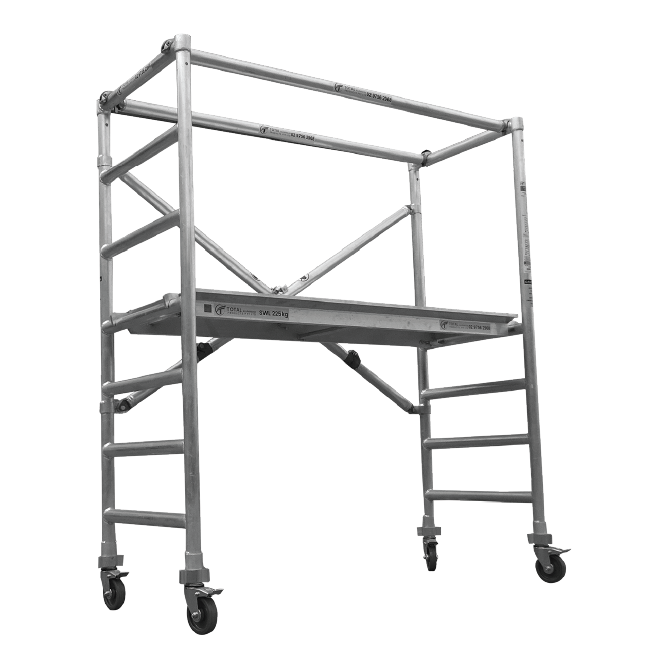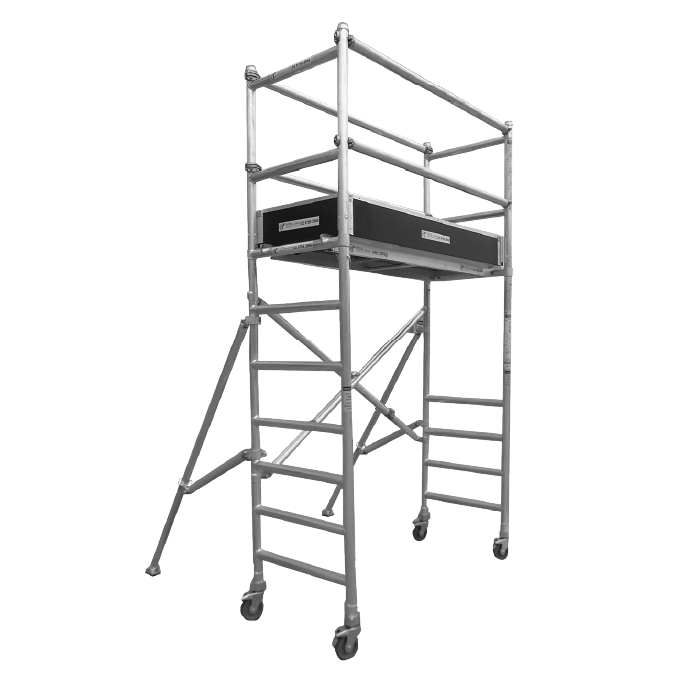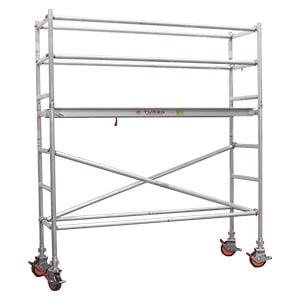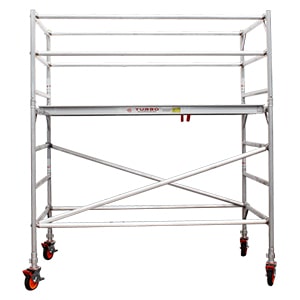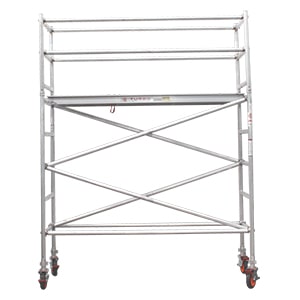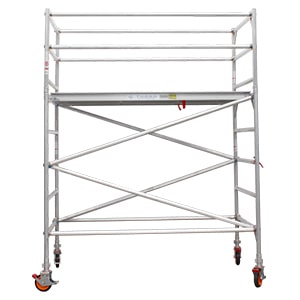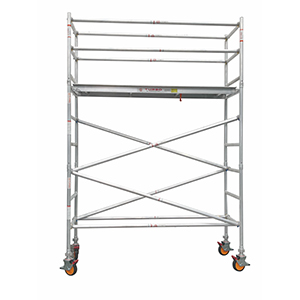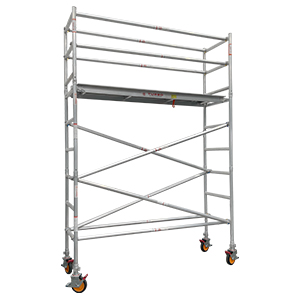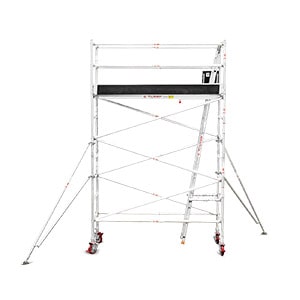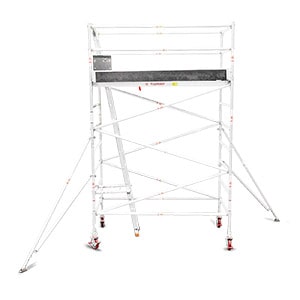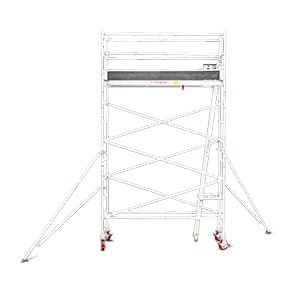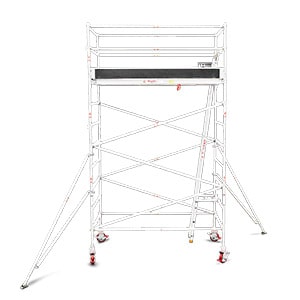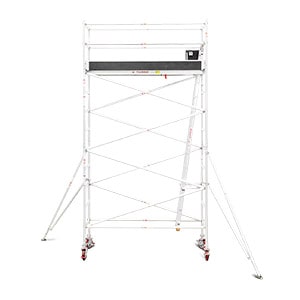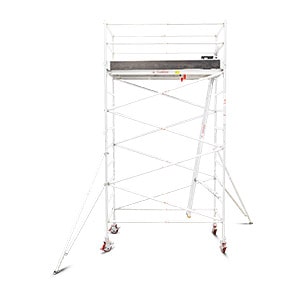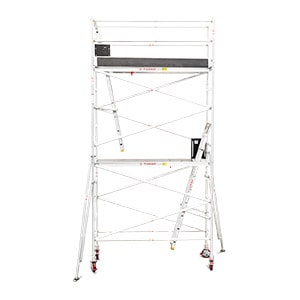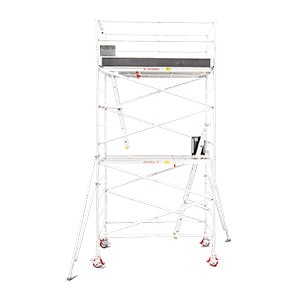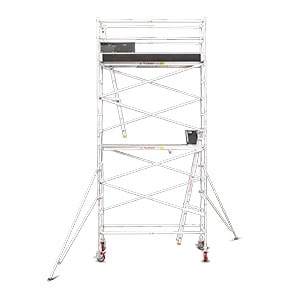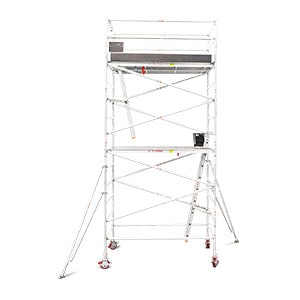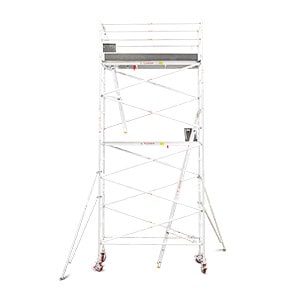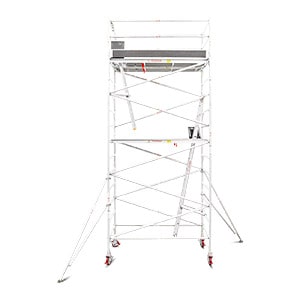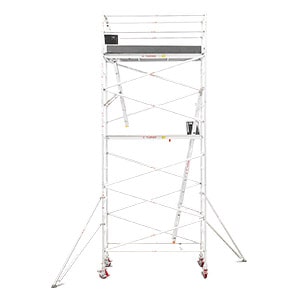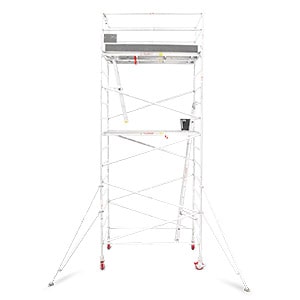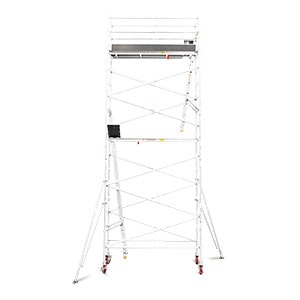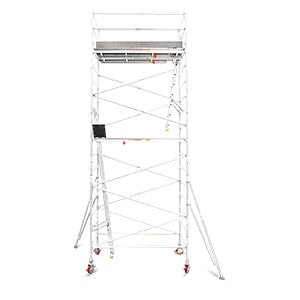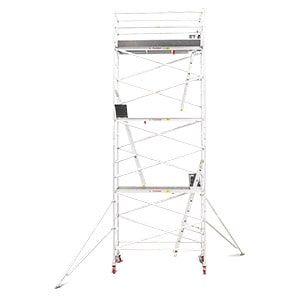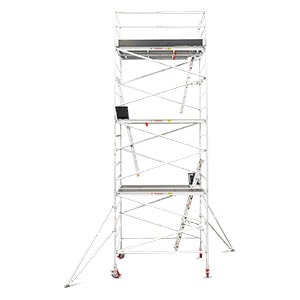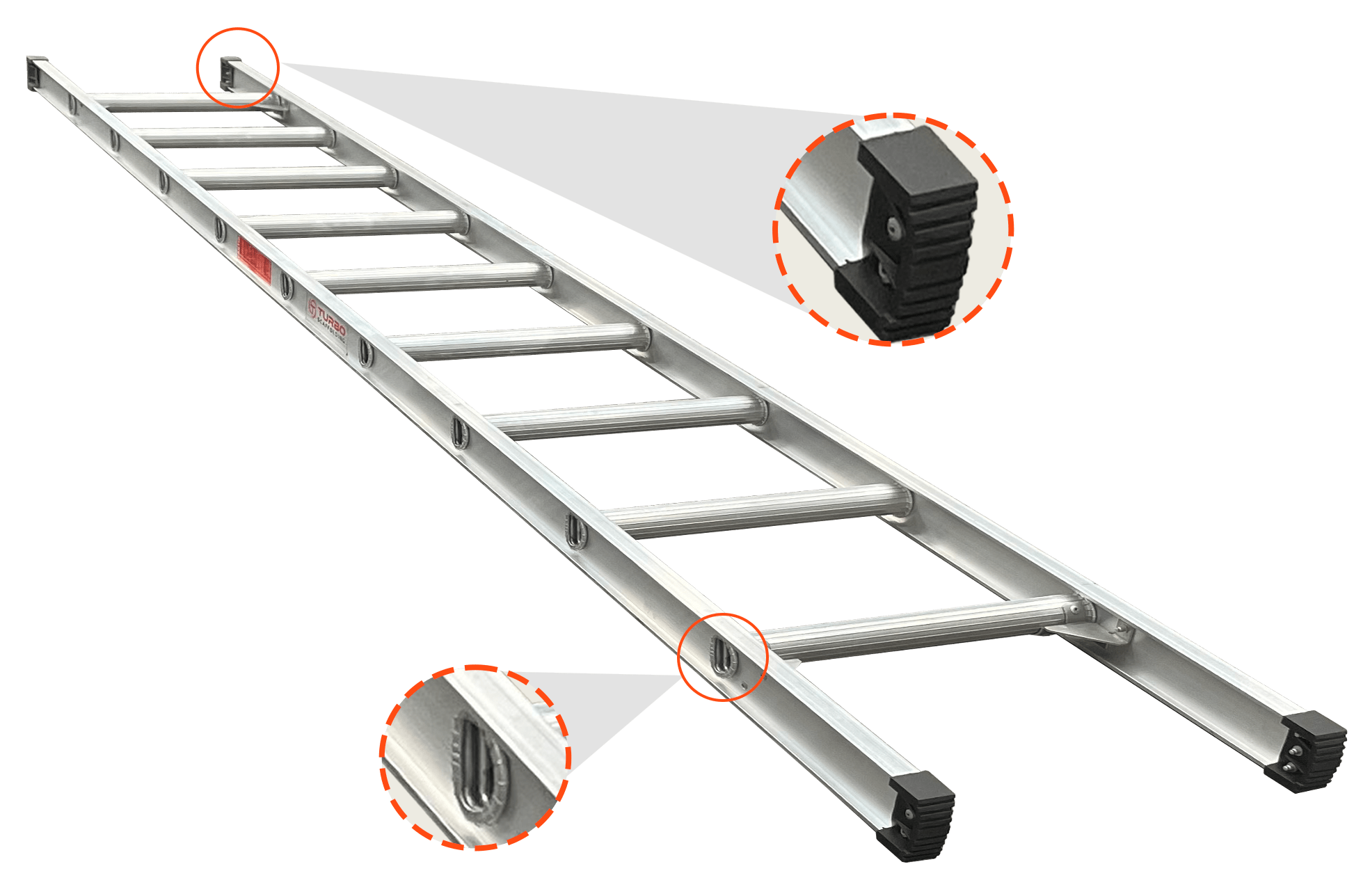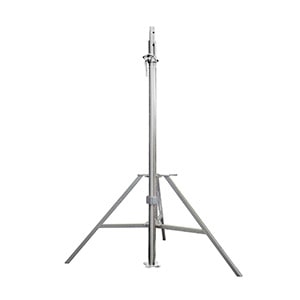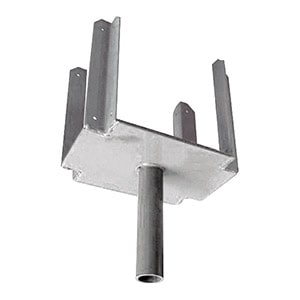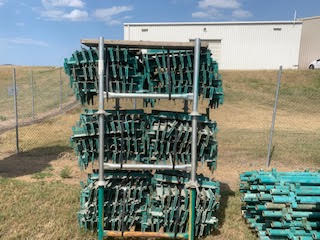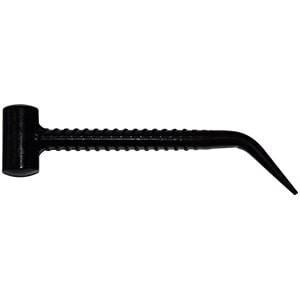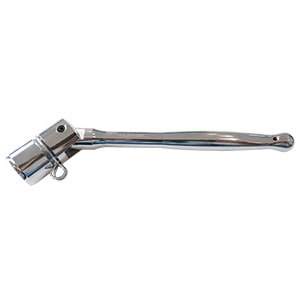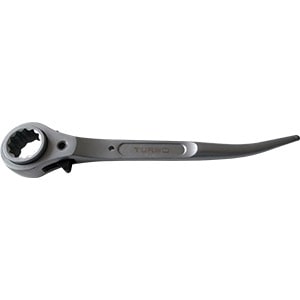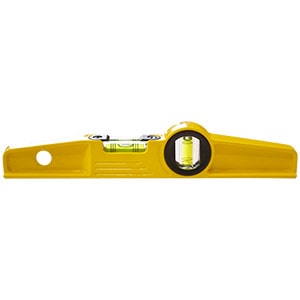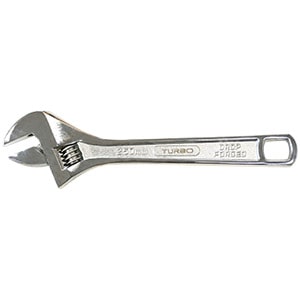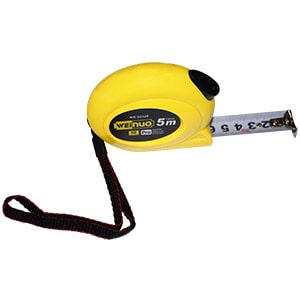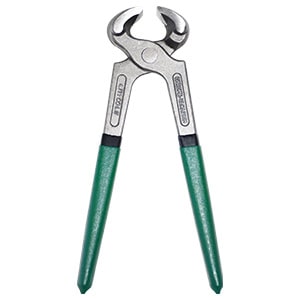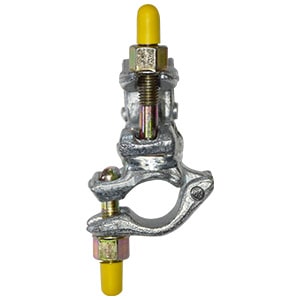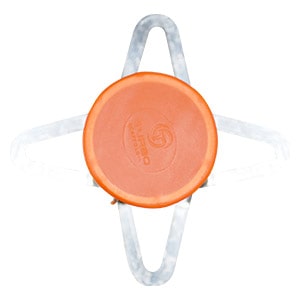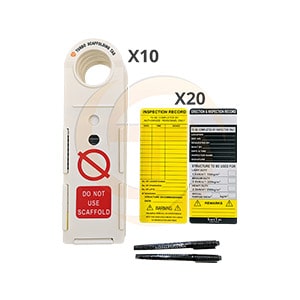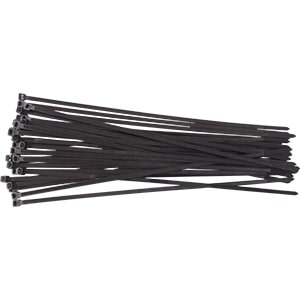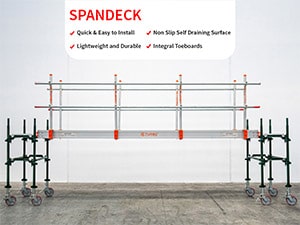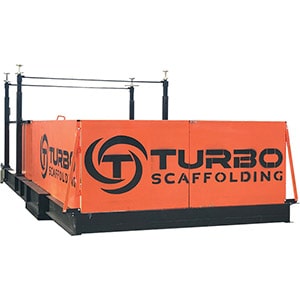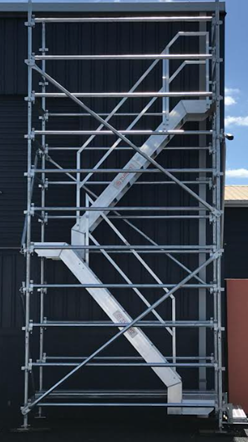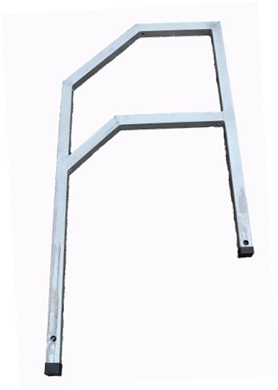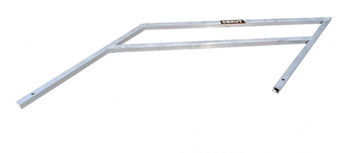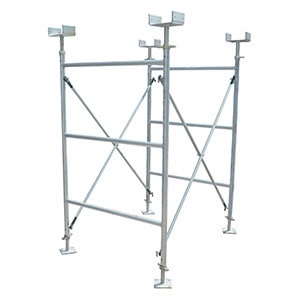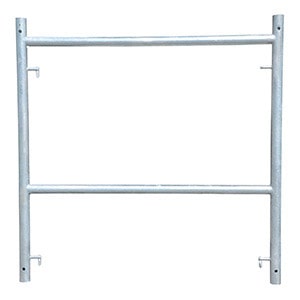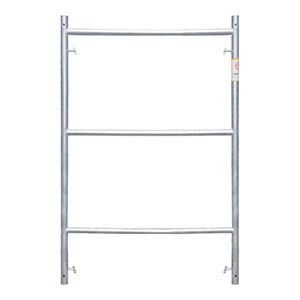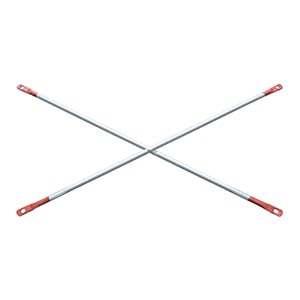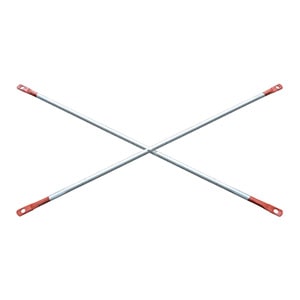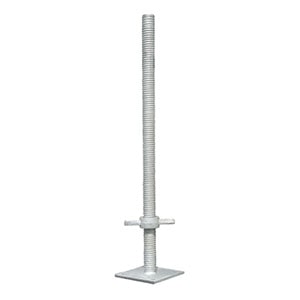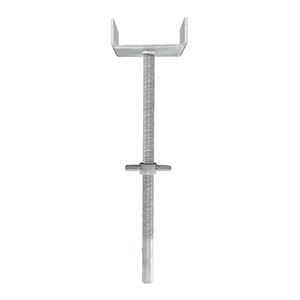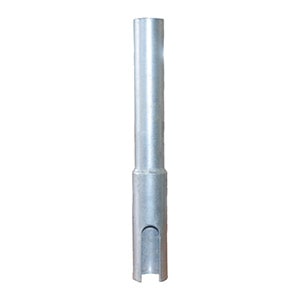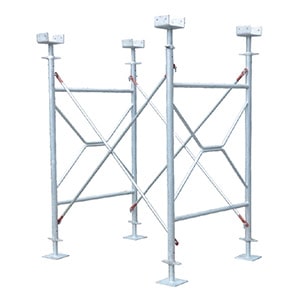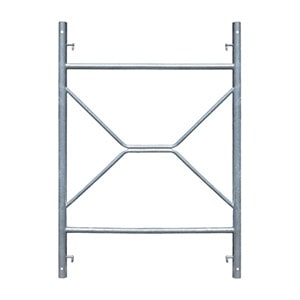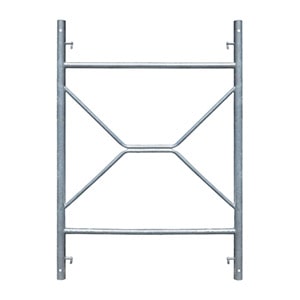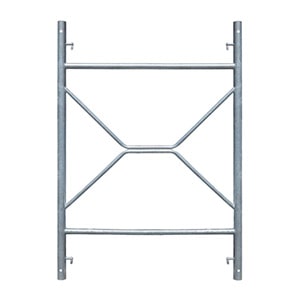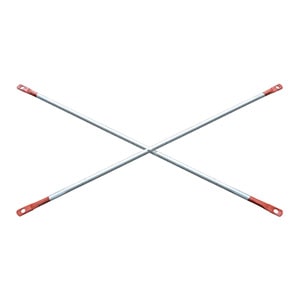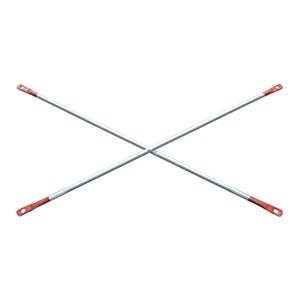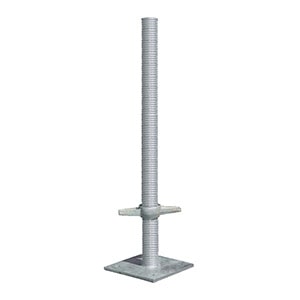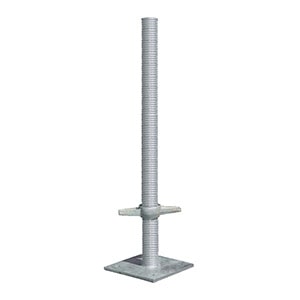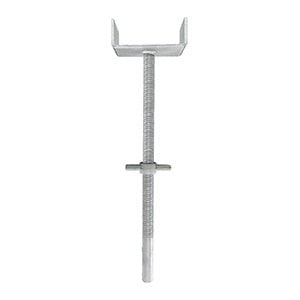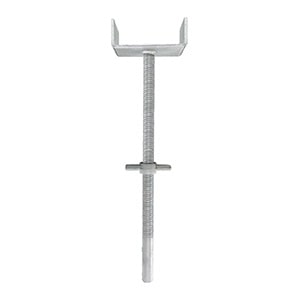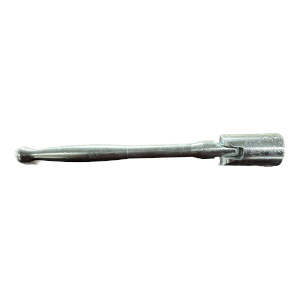Ongoing scheduled inspections and maintenance are amongst the most important aspects of scaffolding safety. Inspections are carried out during the assembling of the scaffolding structure; however, regular inspections are required to make sure scaffolding stays in top condition and is safe to use throughout the project’s duration. Workplace conditions, weather conditions, incidents and other hazards that may develop from day to day can all impact the stability of the structure.
We have created an exhaustive scaffolding guide that includes all applicable information related to scaffolding inspections and maintenance in Australia.
Scaffold Inspections
The longer the scaffolding has been in use, inspections of the scaffolding system get more and more critical.
Inspections for Scaffolds Over the Height of 4 Metres
Suspended, cantilevered, hung and spur scaffolds including any other type of supporting system where a person or object could fall, above the height of 4 metres – before using this type of scaffolds, a written confirmation ought to be in place from a competent person certifying that the scaffolding construction is complete and an inspection has declared the structure to be safe for use.
Scheduled Inspections Ought to be Performed by a Competent Person
- At the minimum, once every 30 days scheduled inspections need to be carried out.
- If an incident may have impacted the structural wholeness of the scaffolding, inspections should be carried out before using the scaffolding.
- If any part of the scaffold undergoes repairs, then the scaffolding should be inspected before use.
If a Scaffold Inspection Has Revealed that the Scaffolding System Exhibits One or More Health and Safety Risks:
- The required repairs, modifications and additions should be made before the scaffolds can be used again.
- After the repairs, modifications or additions have been made to the scaffold, a competent person has to inspect and certify.
Avert Unauthorised Access
- Unauthorised people should be kept away from accessing scaffolds at all times regardless of whether it’s complete or under repairs or attended or unattended, to avert injuries and even death.
- Only trained and experienced persons using scaffolds should walk or work on scaffold systems for the sake of safety.
- If an incident has occurred, then the scaffolds involved ought to be inspected right away to confirm it happened and what future course of actions needs to be taken, if any, to restore the safe condition of the scaffold.
Handover Inspections
If a scaffolding structure has been newly assembled, or if any repairs, modifications or additions have been performed, then handover inspections are obligatory. Generally, handover inspections need written confirmation from a capable person that normally happen in the form of a handover certificate. These handover certificates need to be preserved at the construction site till the scaffolding system is disassembled at the end of the project.
Post-Handover Inspections
Post-handover inspections are carried out after a qualified person examines the scaffolding system and the scaffolding is in use. These inspections ought to be carried out every 30 days at a minimum where a person or object could have a fall at a height that is above 4 metres but could be performed at shorter time gaps, depending on the structure’s size, conditions of the workplace, weather conditions, and any other components that could impact the structure’s stability.
Other Considerations
Contact the supplier or manufacturer of the scaffolding system and ask them regarding the intervals needed for inspections, to make sure the system remains safe for use.
- Scheduled scaffold maintenance should include inspections of the components in use, as well as, the components in storage.
- When scaffolding is stored in areas unprotected from the weather, rust formation is a common problem and so each component of scaffold ought to be properly inspected before it is taken for use on the construction site.
- All inspection records ought to be preserved at the construction site, so they are accessible when needed.
- Every inspection record should include the date and time of inspection, location, remarks, applicable model or specification reference along with the name of the person who carried out the inspection.
Whether you need mobile scaffold or Kwikstage scaffolding, or any other type of new or used scaffolding, get in touch with Turbo Scaffolding for high quality and durable scaffolds.

